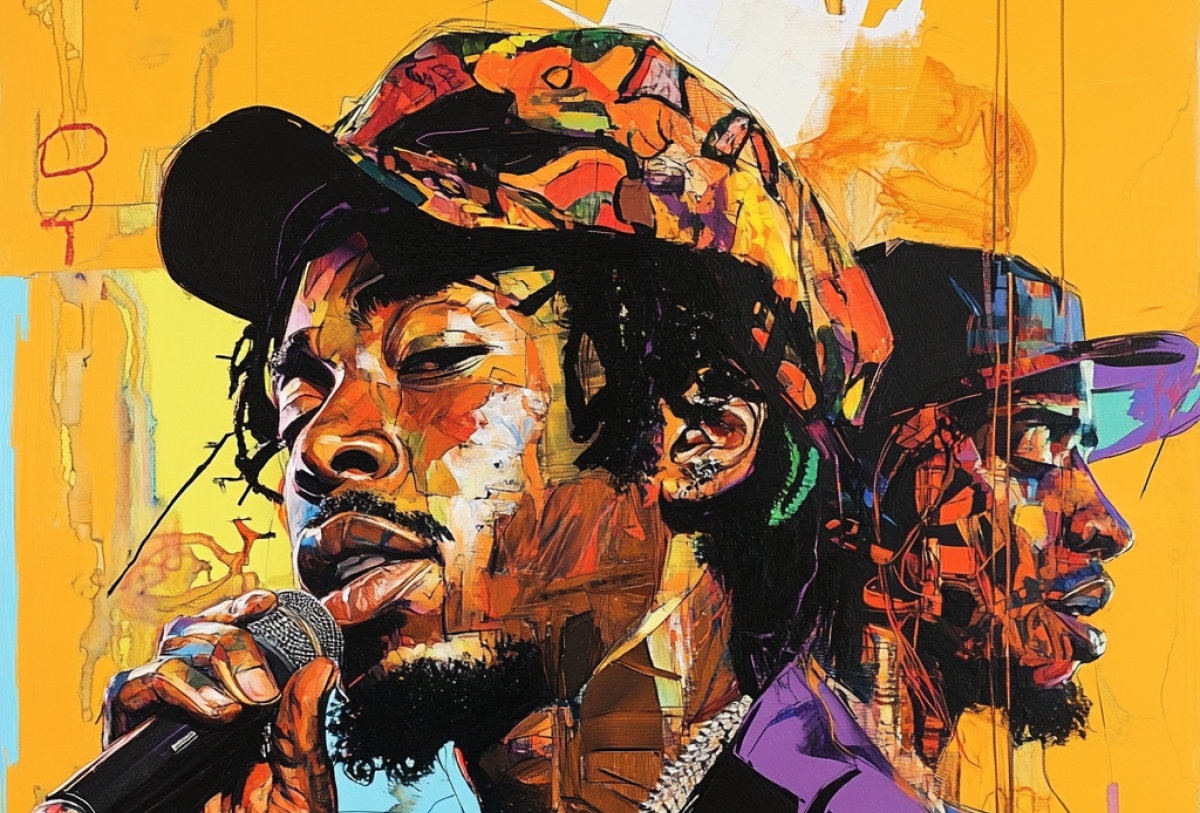Hip-hop is more than beats and rhymes; it is a platform for sharing stories. From its origins in urban communities to its global reach today, storytelling in hip-hop has been a defining feature of the genre. Artists use their lyrics to reflect on personal journeys, societal issues, and cultural identity, creating narratives that resonate deeply with listeners. This article explores the evolution, techniques, and modern applications of storytelling in hip-hop.
The Roots of Storytelling in Hip-Hop
Storytelling in hip-hop finds its origins in oral traditions. West African griots used spoken word to share history and life lessons. Hip-hop adopted this practice, using rhyme and rhythm to narrate personal experiences and societal realities. The evolution from griots to modern MCs highlights a continuous tradition of verbal artistry.
Key Figures in Hip-Hop Storytelling
Pioneers like Slick Rick and Nas have set standards for storytelling in hip-hop. Slick Rick’s “Children’s Story” uses narrative techniques to highlight choices and consequences. Nas, with albums like Illmatic, offers detailed scenes from urban life, making his lyrics relatable to many listeners.
Modern Masters of the Craft
Kendrick Lamar and J. Cole represent a new generation of storytellers. Lamar’s good kid, m.A.A.d city explores identity and growth through structured narratives. J. Cole, in tracks like “Wet Dreamz,” uses storytelling to connect with universal themes. Their works reflect an understanding of how to use music to share experiences.
Techniques Used in Hip-Hop Storytelling
Rhyme schemes, metaphors, and imagery are common techniques in hip-hop storytelling. Artists often layer these elements to create vivid scenes. Perspective changes, flashbacks, and dialogue are also used to engage listeners. These tools bring stories to life in a way that resonates with diverse audiences.
Storytelling in Hip-Hop and Online Slots
The structure of storytelling in hip-hop has similarities to the narratives in latest slots games online. Both use engaging plots and immersive settings to capture attention. Players and listeners are drawn into the experience through a sequence of events that unfold with progression.
Social Impact of Hip-Hop Narratives
Hip-hop storytelling often reflects societal issues. Topics like inequality, identity, and survival are recurring themes. By addressing these, artists provide commentary on lived realities. This makes storytelling a tool for awareness and understanding in many communities.
Evolution and Future Trends
Advancements in technology have expanded storytelling platforms for hip-hop artists. Visual albums, documentaries, and virtual reality experiences are new ways to share narratives. These innovations demonstrate the adaptability of storytelling in the genre.
Conclusion
Storytelling remains a cornerstone of hip-hop, offering artists a way to connect with audiences through vivid narratives and powerful themes. From its roots in oral traditions to its influence on other forms of entertainment, the ability to craft compelling stories has helped hip-hop maintain its cultural significance. As artists continue to innovate, the art of storytelling ensures the genre stays relevant and meaningful.
